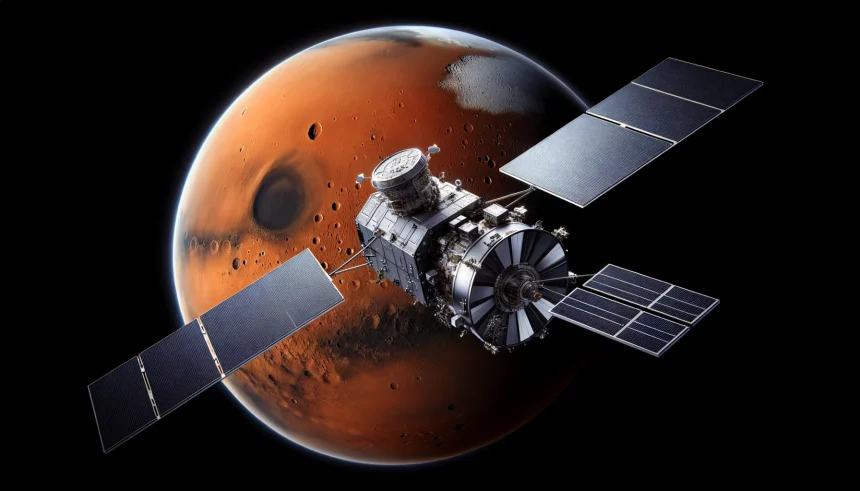The Phoenix Cluster, one of the universe’s most massive galaxy clusters, defies expectations by maintaining intense star formation despite its advanced age. This anomaly raises questions about the mechanisms that allow cold, dense gas to persist in environments typically dominated by hot, inert gas. The cluster’s ongoing star birth challenges established theories about galaxy evolution and the cooling processes within galaxy clusters.
In the past, observations of galaxy clusters like Phoenix revealed a scarcity of cold gas, leading to the classification of many galaxies as ‘quenched’ and ‘red and dead.’ However, recent studies utilizing the James Webb Space Telescope (JWST) have uncovered new layers of complexity in these environments, suggesting that previous models may have overlooked critical factors that enable continued star formation.
What Drives Star Formation in Phoenix’s Central Galaxy?
The central galaxy of the Phoenix Cluster remains exceptionally bright, indicative of vigorous star formation. Scientists believe that a unique source of cold gas is fueling this activity, contrary to the typical depletion seen in older galaxies. The presence of cold gas in such a massive cluster suggests alternative processes or interactions at play.
How Did JWST Reveal New Insights?
The deployment of JWST provided unprecedented infrared capabilities, allowing astronomers to detect warm gas at intermediate temperatures. These findings bridge the gap between the hot intracluster medium and the cold gas necessary for star formation.
“This 300,000-degree gas is like a neon sign that’s glowing in a specific wavelength of light,”
explained Michael Reefe, lead author of the study.
What Implications Do These Findings Have?
The discovery of intermediate-temperature gas suggests that cooling processes are more dynamic than previously thought. It indicates that the central black hole may play a dual role in both heating and promoting the cooling of gas, thereby sustaining star formation. This nuanced interaction challenges the existing understanding of feedback mechanisms in galaxy clusters.
Conclusion
The Phoenix Cluster serves as a critical case study in understanding galaxy evolution and the intricate balance of heating and cooling processes. The ability of JWST to uncover previously hidden warm gas opens new avenues for research, potentially leading to revisions of established models. As scientists continue to explore these findings, the Phoenix Cluster may reveal more about the fundamental dynamics that govern star formation in the most massive structures of the universe.










